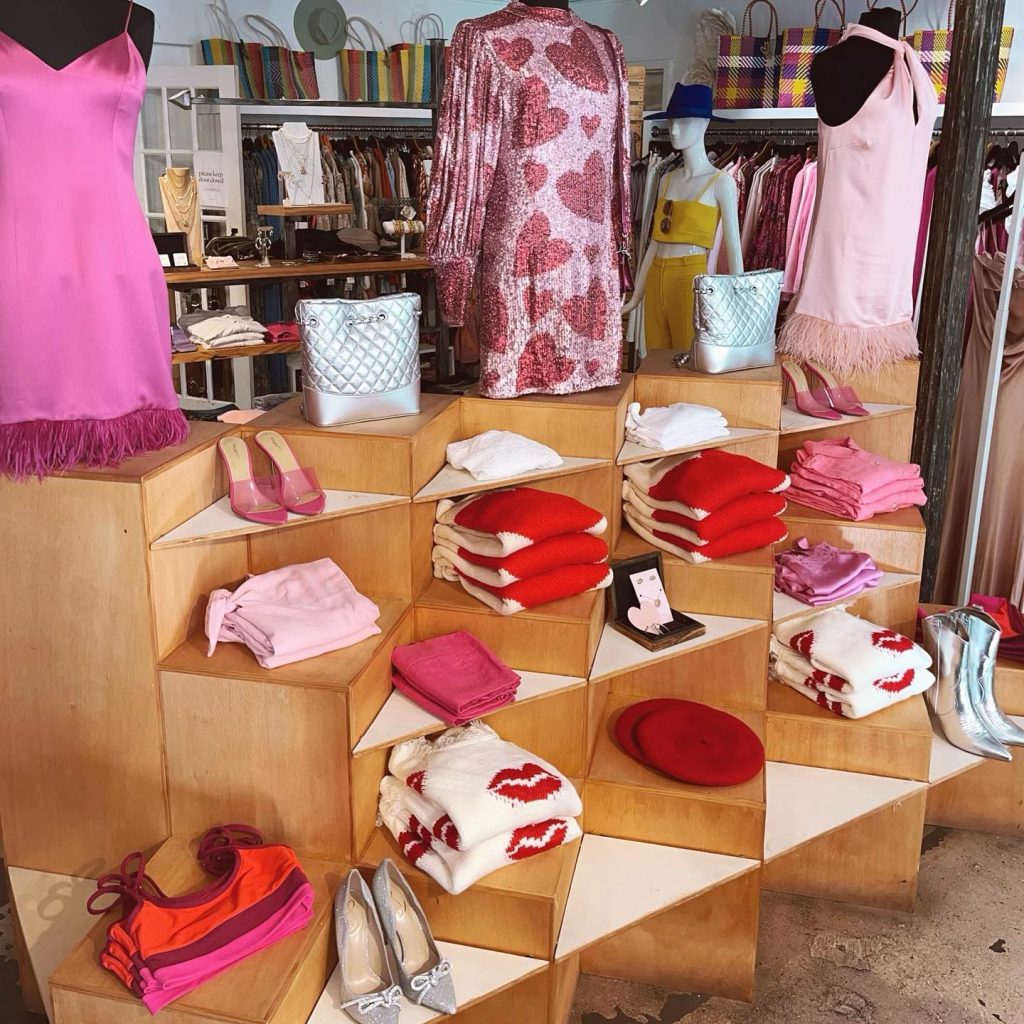Exploring the World of Sustainable Boutique Fashion Brands
Exploring the Advancement and Influence of Apparel on Modern Style Trends
The evolution of clothes has dramatically influenced modern-day fashion trends, merging historical precedents with cutting-edge advancements. Iconic figures like Coco Chanel and Yves Saint Laurent revolutionized the apparel industry by introducing ideas that prioritize convenience and accessibility, which proceed to resonate today. On the other hand, technical strides in areas such as 3D printing and smart textiles are redefining style possibilities and consumer experiences. Furthermore, the expanding focus on inclusivity and sustainability is improving market standards. As we think about these complex impacts, one must wonder about exactly how these components collectively redefine style's function in mirroring and forming modern culture.
Historical Fashion Influencers
In the tapestry of style history, certain numbers have left an enduring mark, shaping the fads and styles that specify whole eras. Coco Chanel, a revolutionary developer, redefined ladies's style by presenting comfy, stylish clothing that left from limiting corsets. Her iconic Chanel fit and little black outfit have actually become ageless staples in wardrobes worldwide. Christian Dior's post-war "New Look" in 1947, with its celebration of femininity via complete skirts and cinched waists, marked a return to opulence and has proceeded to affect developers.
Elsa Schiaparelli is an additional crucial number, renowned for her progressive styles that integrated surrealist art, collaborating with Salvador Dalí to produce wayward items that tested standard aesthetic appeals. Her innovative use color and strong patterns resounds in modern style. Yves Saint Laurent, on the other hand, democratized haute couture with prêt-à-porter collections, bringing runway designs to the masses and setting a criterion for contemporary ready-to-wear lines.
These enthusiasts, to name a few, not just changed style in their times yet also established enduring fads that reverberate in today's apparel industry, offering a structure upon which modern-day developers continue to introduce and develop. Their legacies emphasize the value of imagination and bold in fashion's ever-evolving narrative.
Technological Innovations in Style
Among the dynamic landscape of the apparel industry, technical innovations stand at the leading edge of advancement, improving how developers develop and customers involve with style. The combination of 3D printing has changed design processes, enabling designers to explore intricate structures and sustainable materials that were previously unthinkable. This technology helps with rapid prototyping, decreasing waste and quickening manufacturing times.

Smart textiles, installing technology into materials, are also changing the market. Developments like self-cleaning and temperature-regulating textiles provide boosted functionality and convenience. Wearable technology, incorporating functions like physical fitness monitoring and communication, includes a new measurement to style, merging aesthetic appeals with practicality.
Social Changes and Design
As technological innovations proceed to improve the fashion business, social changes are just as prominent, redefining design and consumer choices. Over the last few years, the increase of social media sites platforms has accelerated the dissemination of global fashion fads, permitting varied social influences to exist together and converge. This electronic interconnectivity has promoted the quick exchange of ideas, bring about an extra comprehensive and diverse analysis of style that mirrors the complex nature of modern-day culture.
Cultural recognition and appreciation have actually triggered developers to draw motivation from a more comprehensive range of ethnic and historic contexts, incorporating standard concepts with contemporary visual appeals. This combination has actually resulted in fashion that resonates with a wider target market, advertising a sense of identity and belonging throughout various demographics. In addition, the enhancing need for personalization has actually driven brand names to supply customizable choices, allowing customers to share individuality while mirroring their social heritage.
Moreover, shifting societal worths have influenced style, with inclusivity and diversity coming to be main motifs. The market has started to embrace designs and influencers of different physique, ethnic backgrounds, and gender identities, difficult standard elegance criteria. This improvement emphasizes the power of social shifts in forming the future of fashion, as design becomes a more authentic expression of individual and cumulative identification.
Sustainability and Modern Design
While the style market continues to progress, the necessary for sustainability has become progressively immediate, influencing modern layout practices. The increase of slow-moving fashion, which stresses high quality over quantity, urges customers to spend in ageless items instead than short-term trends.
Furthermore, contemporary layout is characterized by its innovation in lessening waste and promoting circularity. This approach not only minimizes ecological impact yet also boosts the social responsibility of style homes.

Future Trends in Fashion

Sustainability will continue to moved here be a driving pressure in forming future fashion fads. The sector is progressively embracing eco-friendly products and ethical manufacturing approaches, responding to a growing customer need for liable techniques. Advancements such as bio-fabricated materials and closed-loop recycling systems are readied to redefine how clothing is generated and eaten, minimizing environmental effect while keeping style and high quality.
Social changes, including the increase of inclusivity and variety, will certainly also play a critical function. As society ends up being a lot more knowledgeable about social concerns, fashion is anticipated to come to be a system for expression and modification. Developers will likely concentrate on developing collections that show a more comprehensive array of identities and experiences, championing depiction and availability.
Conclusion
The development of clothes significantly influences modern-day style fads, where historical impacts merge with modern styles. This continuous advancement emphasizes fashion's function as a mirror to social values and technological improvement, recommending a future rich with technology and inclusivity.
The development of garments has actually considerably affected modern fashion fads, merging historical precedents with cutting-edge technologies.Amidst the vibrant landscape see this here of the style market, technological innovations stand at the forefront of development, reshaping just how designers develop and customers involve with style.While the style market proceeds to progress, the crucial for sustainability has ended up being significantly immediate, affecting contemporary style practices. As sustainability ends up being ingrained in modern design, it leads the means for an extra mindful and accountable fashion market.
The evolution of clothes significantly impacts modern-day style patterns, where historical impacts merge with contemporary designs.